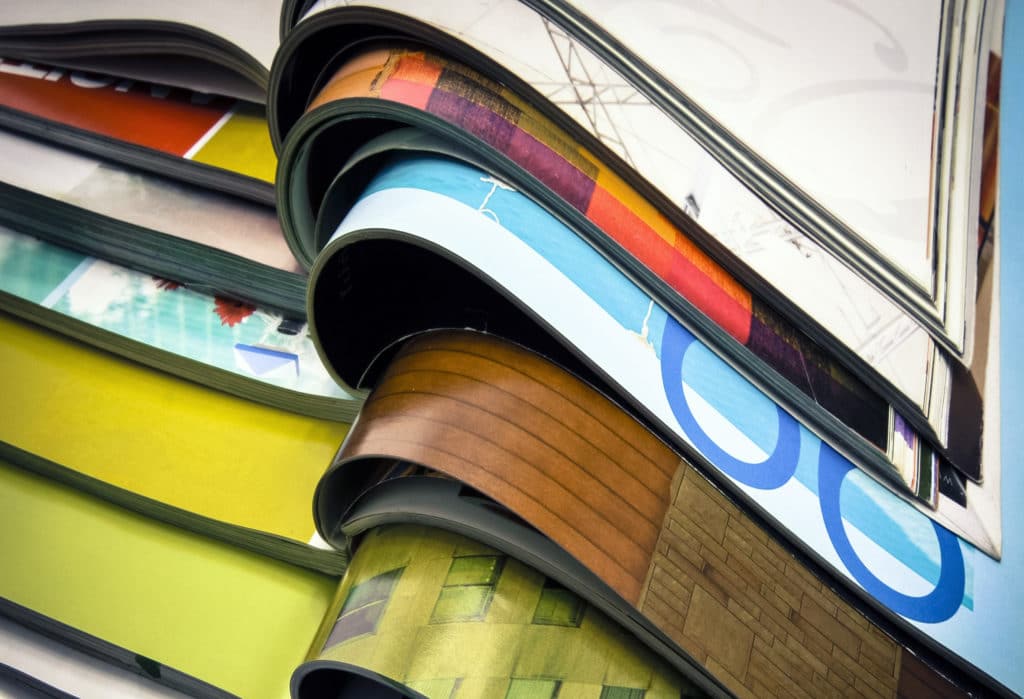If there is one trend that has emerged in the digital age, it is the tendency to champion new marketing techniques at the expense of tried and tested methods. Content marketing was heralded as a modern alternative to SEO, for example, while digital media was said to have sounded the death-knell for print campaigns.
Neither of these observations were accurate, however, and the fact remains that concepts such as print media have been enhanced by innovation and digital technology. So while the boundaries of traditional media and marketing techniques may have changed, they are just as relevant today as they were a decade ago.
How to ensure that Print is a viable marketing Tool in 2016
So what is the reason behind this? The main issue is the tendency to pit alternative promotional methods in direct opposition, when this is contrary to the trends that drive modern marketing. More specifically, the demand for seamless and integrated marketing campaigns means that old and new techniques can be used in unison, with a view to leveraging the advantages of each and optimising a brand’s potential reach.
So the rise of integrated and holistic marketing campaigns has reinforced the value of print media in a digital age. We can expect this to continue for the foreseeable future at least, so long as you remain vigilant and keep the following steps in mind:
Use your Print Media as a story-telling medium
Given the need for an integrated marketing strategy, there is a modern trend for sharing product-driven narrativesacross alternative mediums. So rather than being utilised as a stand-alone marketing channel, print media should dovetail with social media and digital platforms to deliver the beginning, middle and end of an engaging story.
Start with an initial idea for a print or billboard advertisement, before evolving this organically through other channels (while leveraging the unique properties of each, of course!)
Create Print Advertisements that can be shared socially
On a similar note, it is important to understand how the appeal and reach of a print advertisement can be optimised by the social medium. We all know that your social profile thrives on the publication of engaging and shareable content, and in this respect print campaigns can serve as an excellent digital resource.
While a visually striking and high-resolution print ad can become a viable Facebook graphic, however, you should ensure that your content is optimised for the social medium. It is also worth using supporting imagery from your print campaign to support a brand narrative and share behind-the-scenes teaser content for social channels, including Twitter, Pinterest and Instagram.
Integrate Exponential Marketing Trends into Print Media
One trend that has breathed life into print media is exponential marketing, which relies on the publication of content and advertisements that directly engage customers and invite them to interact with a specific brand. This instantly adds a new dimension to print advertising, bringing individual graphics and content to life within a two-dimensional space.
There have been numerous examples of interactive print campaigns in the last two years, including the winner of the Mobile Grand Prix at Cannes in 2014. Nivea published an ad for junior sun cream that included a wristband which could be attached to a child as they ran around the beach, while it also connected to an accompanying app that issues alerts when they infant moved outside of a predetermined range.
These techniques have helped to energise print media, and this trend is likely to continue for the next decade at least. So rather than believing the hype that print media is moribund, you should instead learn more about how it has evolved to provide new opportunities in the digital age.
